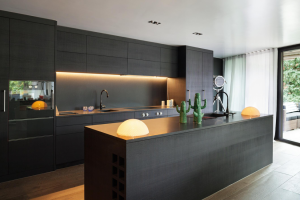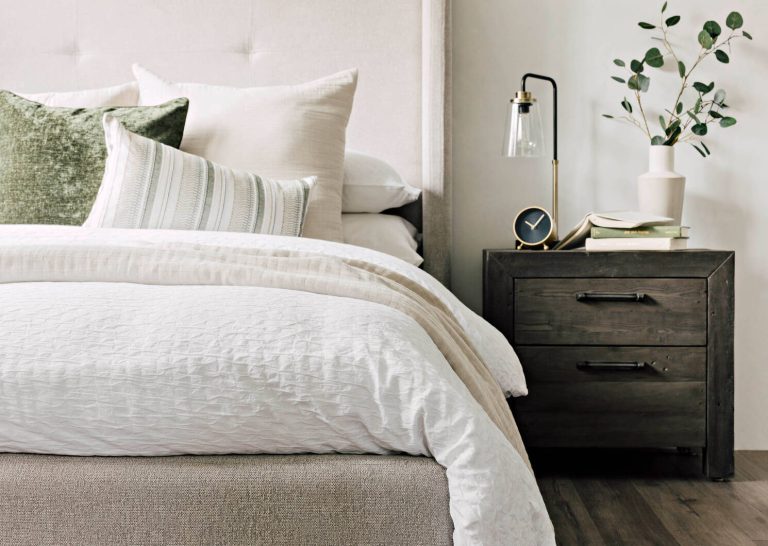
With the rise of remote working and freelance opportunities, having a functional and comfortable home office has become more crucial than ever. A well-designed desk serves as the centerpiece of any home workspace, influencing your productivity, comfort, and general well-being. Instead of settling for a mass-produced desk that may not meet your unique needs or fit your space, why not build your own? Here, I’ll guide you through the rewarding process of constructing your own home office desk that suits your style and functionality requirements.
Planning Your Home Office Desk
Before heading to your local hardware store, it’s crucial to lay the groundwork by planning your desk. This includes determining the size, design, and materials. Start by considering the space where the desk will reside. Measure the area to ensure your desk will fit comfortably, allowing for any office chairs or other furniture pieces.
Next, identify what functions your desk needs to serve. Do you need extra space for multiple monitors, a dedicated area for writing, or built-in storage solutions? Identifying these requirements early on will guide your design. Lastly, consider the aesthetic style you wish to achieve. Whether it’s modern, rustic, minimalist, or industrial, your style will influence the materials you choose and the finishing touches for your project.
Collecting Materials and Tools
Once you have a clear plan, it’s time to gather materials and tools. Here’s a basic list to get you started, though this will vary based on your unique design:
Materials:
1. Wood Panels or Boards: Choose a durable wood like pine, oak, or walnut for the tabletop.
2. Legs or Supports: This can range from metal hairpin legs to sturdy wooden blocks, depending on your design.
3. Mounting Brackets and Screws: Essential for assembling the structure.
4. Wood Glue: To reinforce joints.
5. Sandpaper and Wood Finish: For a smooth and polished final product.
6. Drawer Slides and Hardware: If you plan to include drawers.
Tools:
1. Saw: A circular saw or handsaw for cutting wood to the desired dimensions.
2. Drill: For making holes and setting screws.
3. Screwdriver: For assembling components.
4. Level: To ensure your desk is perfectly horizontal.
5. Measuring Tape and Pencil: For accuracy in marking and measuring.
6. Square: To ensure right angles.
Building Your Desk: Step-by-Step
Step 1: Prepare Your Workspace
Set up a clean, flat workspace with enough room to maneuver your materials. Safety is paramount; wear safety goggles and gloves and ensure your power tools are in proper working order.
Step 2: Cutting and Preparing the Wood
Using your saw, cut the wood panels to your specified dimensions for the tabletop and any shelving or additional features. It’s best to sand the edges smooth immediately after cutting to prevent splinters and ensure a professional look.
Step 3: Assembling the Frame
If your design includes a frame (such as side panels or a back board), now is the time to assemble it. Use wood glue in combination with screws for a sturdy hold. Let the glue dry completely before moving on to the next stage.
Step 4: Attaching the Legs
Attach the legs to the underside of the tabletop. If you’re using wooden legs, consider screwing them into simple brackets for extra stability. For metal legs like hairpins, simply screw them directly into the wooden base.
Be sure to check that all legs are even; an uneven desk can be both frustrating and uncomfortable to work with.
Step 5: Adding Drawers and Shelves (Optional)
If you plan to include drawers or shelves, now is the time to assemble and attach them. Use drawer slides for smooth operation and ensure everything is level and aligned perfectly. This step can add a bit of complexity, but the added functionality often outweighs the effort involved.
Step 6: Finishing Touches
With the major construction complete, it’s time to sand your desk thoroughly. This will prepare it for staining or painting, and it’s crucial for achieving a smooth finish. After sanding, wipe the surface with a damp cloth to remove any dust.
Select a wood finish or paint that complements your room’s decor and apply it evenly over all visible surfaces. This can protect the wood and enhance its natural beauty.
Setting Up Your Home Office
When your desk is complete and set in place, consider how to optimize your workspace to boost productivity and comfort. Use cable organizers to keep wires tidy, and set up your monitor at eye level to prevent neck strain. Invest in an ergonomic chair to accompany your hand-built desk, and add personal touches like plants, photos, or artwork to make your space inviting.
Conclusion
Building your own home office desk is a satisfying venture that results in a piece of furniture truly tailored to your needs and style. Not only do you gain a deeper appreciation for the craftsmanship involved, but you also end up with a desk that’s unique to your home and conducive to your work habits.
As with any DIY project, patience and precision are your best tools. Don’t rush the process – each step is crucial in ensuring a final product that you can be proud of. Happy building, and may your new desk inspire creativity and productivity in your home office!













